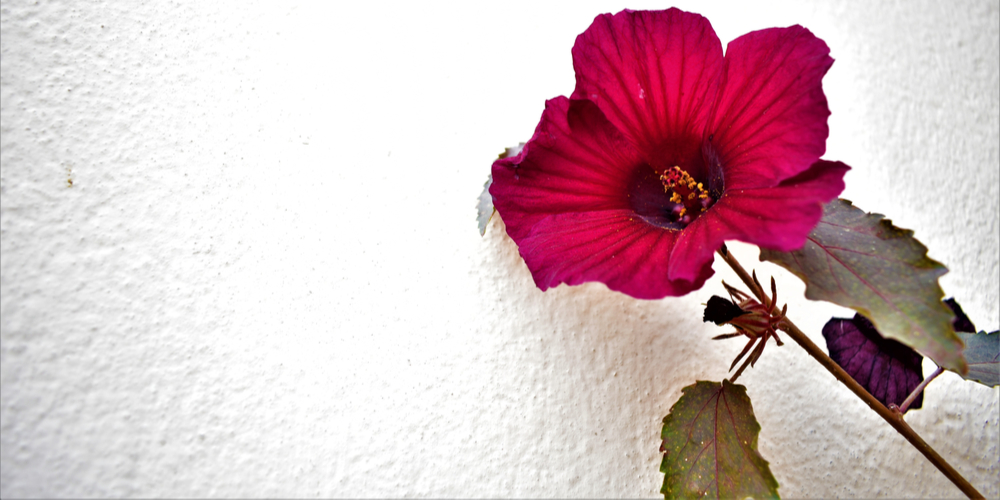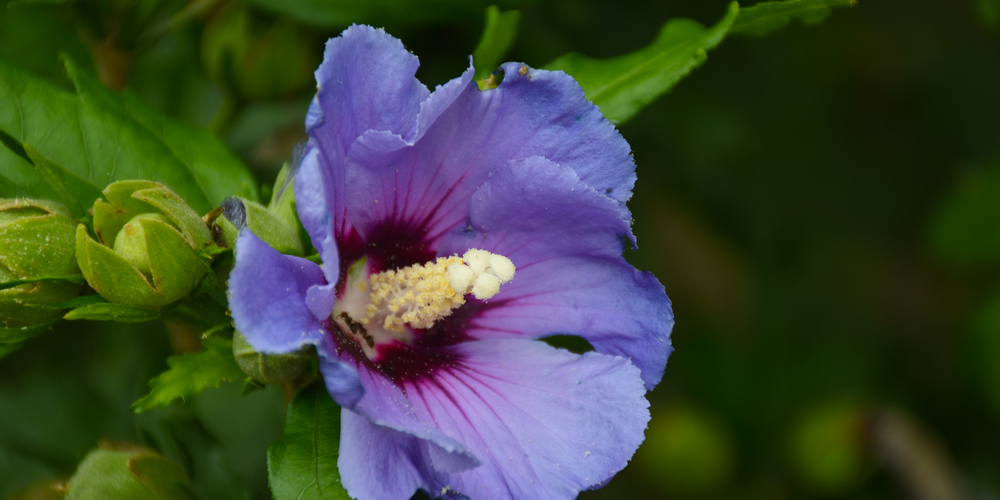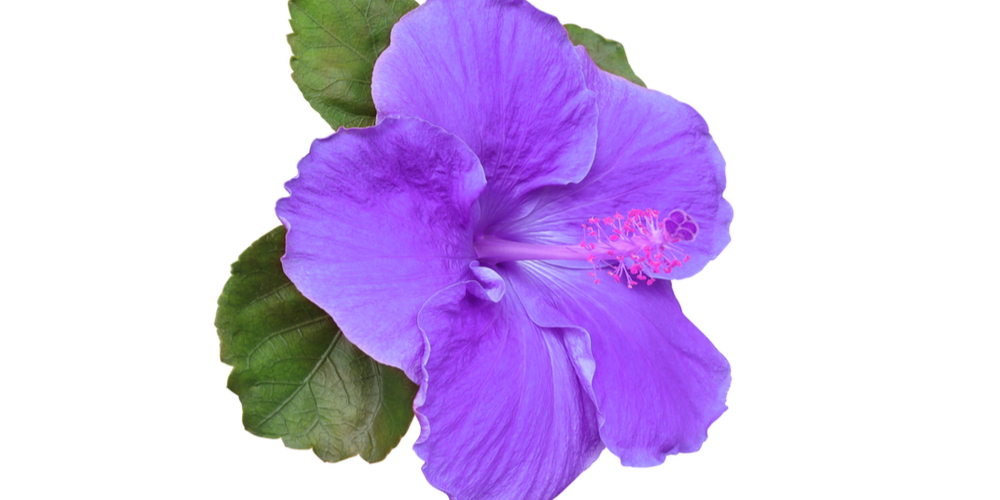The hibiscus falls under the angiosperms plants kingdom. It is a member of the Malva/Mallow family. Hibiscus is one of the most beautiful and well-liked tropical flowers. Since it’s so simple to cultivate in a container or flower bed, it’s a common option among amateur gardeners.
The attraction between hummingbirds and flowers is wonderful. Hummingbirds, although diminutive in size, are strong and hardy birds. They endure harsh climates by wrapping themselves in their feathers and entering a torpor state. That permits them to save their energy reserves.
Are Hummingbirds Attracted to Hibiscus?
Yes, hummingbirds love hibiscus. Nevertheless, trying out new species and hues is worthwhile. The flowers can grow quite sizable, measuring up to six inches across, making them a favorite among ardent gardeners due to their versatility.
Although Hummingbirds show attraction to different species of tropical plants and flowers, hibiscus is often the best choice due to its glamorous looks. Attracting Hummingbirds to your garden is simple once you know what they like, so don’t be afraid to be picky about the flowers you plant.
Furthermore, depending on the climate in which you reside, hummingbirds may be interested in one or more hibiscus, hardy, or tropical.
Is It Good for Them?
The attraction between hummingbirds and hibiscus is beneficial. Hibiscus provides an extraordinary sensory experience, especially for hummingbirds looking for large, colorful blossoms that emit a strong scent and the prospect of nectar.
All hibiscus blossoms, regardless of species or variety, are bright and visually striking. They also have a unique, pleasant scent that attracts hummingbirds.
The presence of nectar is, of course, what attracts hummingbirds to hibiscus in the first place. Hummingbirds spend their days scavenging for sweet nectar found in these flowers, which grow on trees and shrubs.
Because of the high number of calories they burn daily, hummingbirds are well-known for their insatiable appetites. Thus, they will always seek out a large, bright flower or two that promises a sweet nectar reward.
Additionally, the hibiscus flower shape is beneficial to hummingbirds. Hummingbirds seek out long or tubular-shaped blooms. That permits them to suck the nectar found deep within the plant. With their long beaks, Hummingbirds are perfectly built to reach the nectar tucked deep within the flower’s stamen. Thus, they can obtain their nectar with relative ease.
The flowers also serve as a source of caffeine for the birds. Only hummingbirds are known to consume caffeine. That’s because it permits them to be more alert and maintain their high metabolic rate while feeding.
It’s no surprise that hummingbirds frequent hibiscus blossoms, given that they contain the greatest caffeine concentrations of any plant.
Hummingbirds can find everything they need in a hibiscus flower. They are:
- Large
- Colorful
- Scented
- Nectar-rich
- Have perfectly formed stamens for easy consumption
Do They Like It?
A variety of hummingbird species benefit from the hibiscus flower’s large size because it provides a perch for insects. Hummingbirds love hibiscus because it offers several platforms to suck nectar according to their various beak styles.
Because the hibiscus gets help with its fertilization from the association, it must make its pollen grains stick together. Therefore, it will not be difficult for hummingbirds to transport the pollen grains.
In the same way that other insect pollinators that transport pollen grains at a wider distance do, hummingbirds also inhibit gene dispersion in hibiscus flowers.
Final Thoughts
In addition to their dark tone, hibiscus flowers attract hummingbirds due to the nectars and sweet scents they produce. So, if you’ve been wondering about the relationship between hummingbirds and hibiscus, you now know the answer. There are also many vines you can plant in your yard to attract hummingbirds.


